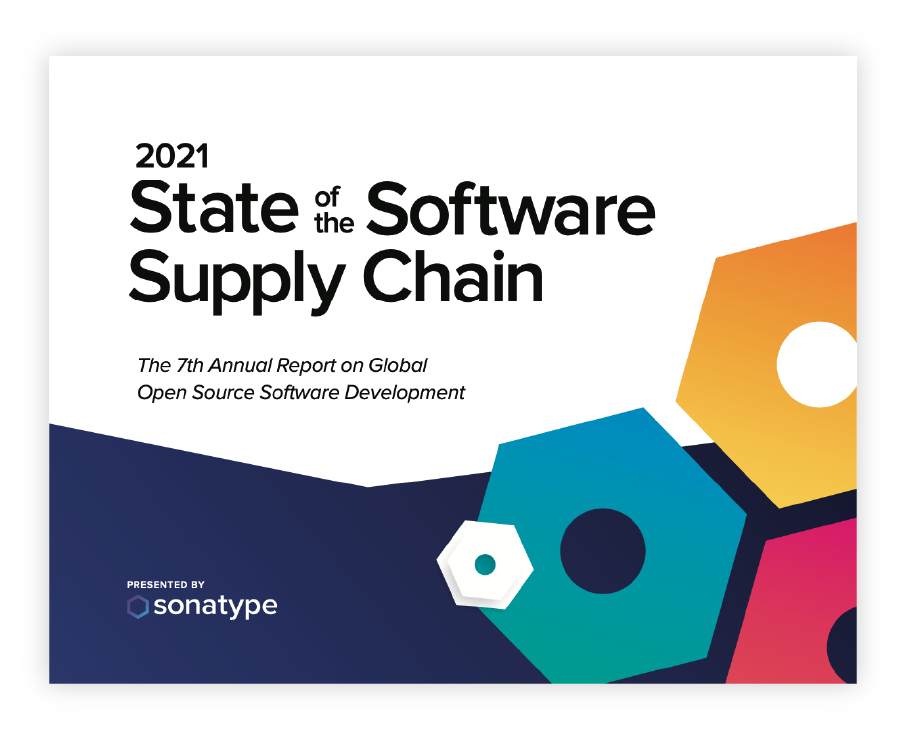Fannie Mae, the organization that underpins the entire residential mortgage market in the US, is a great example of how large enterprises can become more competitive, more customer centric, and better innovators by transforming from waterfall-native to DevOps-native software development.
Their efforts led to them to winning a 2017 InformationWeek IT Excellence Award in the DevOps category at Interop ITX in May.
So, how exactly did they do it? The answer is detailed here in this article and summarized below:
- Fannie got "buy in" from everyone in the organization -- from the CEO to the summer intern.
- Fannie adopted the Paved Road approach to balancing the needs of individuals and the needs of the organization.
- Fannie transitioned from waterfall-native development tools to a collection of DevOps-native pipeline tools including; Jenkins, iCART, CAST AIP, HP ALM, QC, Rally, Jira and Sonatype Nexus.
- Fannie focused on empowering developers with a better experience, self-service tools, and rapid feedback loops including automated testing of code quality, automated open source governance, and automated security testing.
- Fannie automated the process by which developers were on boarded to the new tools.
- Fannie collaborated across organizational boundaries (Dev, Sec, Ops, Legal) to streamline and automate security and risk controls.
- Fannie eliminated legacy tools that were not compatible with DevOps-native requirements.
- Fannie proactively educated "pockets of resistance" where teams were concerned about the impact of automation on their current jobs.
What were the results?
- Development and test servers were provisioned in minutes -- not months.
- Automated testing generated an 80 percent savings in test time while increasing the quality of the testing being performed.
- Integrating code quality and security scanning into the automated build process improved developer productivity by an average of 30% and reduced costs by 30%.
What does the future look like?
- Continued refinement of The Paved Road will lead to higher levels of integration and further adoption by development teams.
- Data generated by DevOps pipeline tools will be harnessed and continuously examined to enable better decision making and predict the outcomes of changes before the changes are even made.
- Continued focus on holistic approach to DevOps -- not just technology, not just process, but people too.




